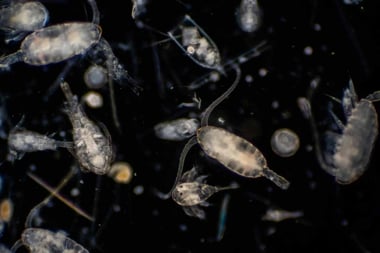St. John's Wort

It is possible to treat moderate depression herbally, without prescription drugs. The classic herb for treating depression is St. John's wort. It is excellent for mild to some moderate cases of depression. It is the herb of choice, especially during winter.
It is possible to treat moderate depression herbally, without prescription drugs. The classic herb for treating depression is St. John’s wort. It is excellent for mild to some moderate cases of depression. It is the herb of choice, especially during winter.
St. John’s wort has received bad press during the past few years. When you look to scientific studies, though, the herb comes out shining. Worldwide, literally millions of people use St. John’s wort to reduce depression, and it is heavily prescribed by medical doctors in Europe. Several studies have shown that St. John’s wort is just as effective as most pharmaceutical antidepressants and safer than tricyclic antidepressants for patients with pre-existing cardiac dysfunctions or for elderly patients. Adverse effects are rare compared with pharmaceuticals.
Photosensitivity May be an Issue
Some people taking St. John’s wort do report skin problems after time spent in the sun. Six people per million experience a skin reaction after extended sun exposure. These incidence rates are no cause for alarm. If, after first use, a change in skin occurs after a day in the sun, stop using St. John’s wort and find an alternative.
While taking St. John’s wort, you will likely be one of the thousands who do not experience photosensitivity. So be sure to enjoy the sun, as it seems that the sun actually activates the antiviral and antidepressant properties of St. John’s wort. For clinical use, when the sun is not available, full spectrum light therapy is helpful, especially for seasonal affective disorder (SAD). (“Affective” is a psychiatric term for mood.) SAD describes people who have clinical depression only during the autumn and winter seasons. During the spring and summer they feel well and back to “normal.”
The issue of light sensitivity is a great metaphor for the action of this herb. St. John’s wort blossoms and matures when the sun is at its height in June. In fact, the levels of several of the active constituents in a plant are directly determined by available sunlight. St. John’s wort appears to concentrate sunlight into itself. Depression can be thought of as a dark cloud overshadowing a person’s life. St. John’s wort appears to bring a ray of sunshine into “cloudy” situations, sort of like a herbal solar battery.
More About the Herb
Despite hundreds of studies no conclusive mechanism has been found. Many people have tried to isolate a single active ingredient, such as hypericin or hyperiforin, but the herb’s individual constituents fall short when used alone. It may be that the active ingredient in St. John’s wort is the whole herb and nothing but the herb.
Some drug interactions are associated with St. John’s wort. Specifically, the herb identifies some drugs such as AZT (used in AIDS patients) as poisons and clears them out of the body so quickly that they can’t do their antiviral work. This is quite unfortunate, as St. John’s wort itself has a strong antiviral function. It is specifically helpful in treating enveloped viruses such as cold sores, herpes, and viral hepatitis.
Ways to Use It
St. John’s wort oil is good for the skin, especially for treating topical injuries. At the clinic some of our body workers massage the oil into stressed tissue with good results. I find it reduces earaches in children when combined with mullein and garlic oils.
St. John’s wort supplements have a tonic effect on the ventricles of the heart, the aorta, and arterioles. Further, it is useful for pulmonary complaints, bladder trouble, suppression of urine, dysentery, worms, and nervousness. The normal dosage for St. John’s wort is 300 mg, three times daily.
Let the sunshine herb bring a little bit of summer’s vigour into your wintry days this January.
St. John’s Wort Earache Remedy
This earache remedy is really simple to make but is most effective.
Mix together equal parts of St. John’s wort, mullein, and garlic oils, which are available as individual oils at your natural health store. Warm mixture just to body temperature before putting drops on the outer ear near the opening of the ear canal. Gently wiggle the ear until the drops flow into the canal.




